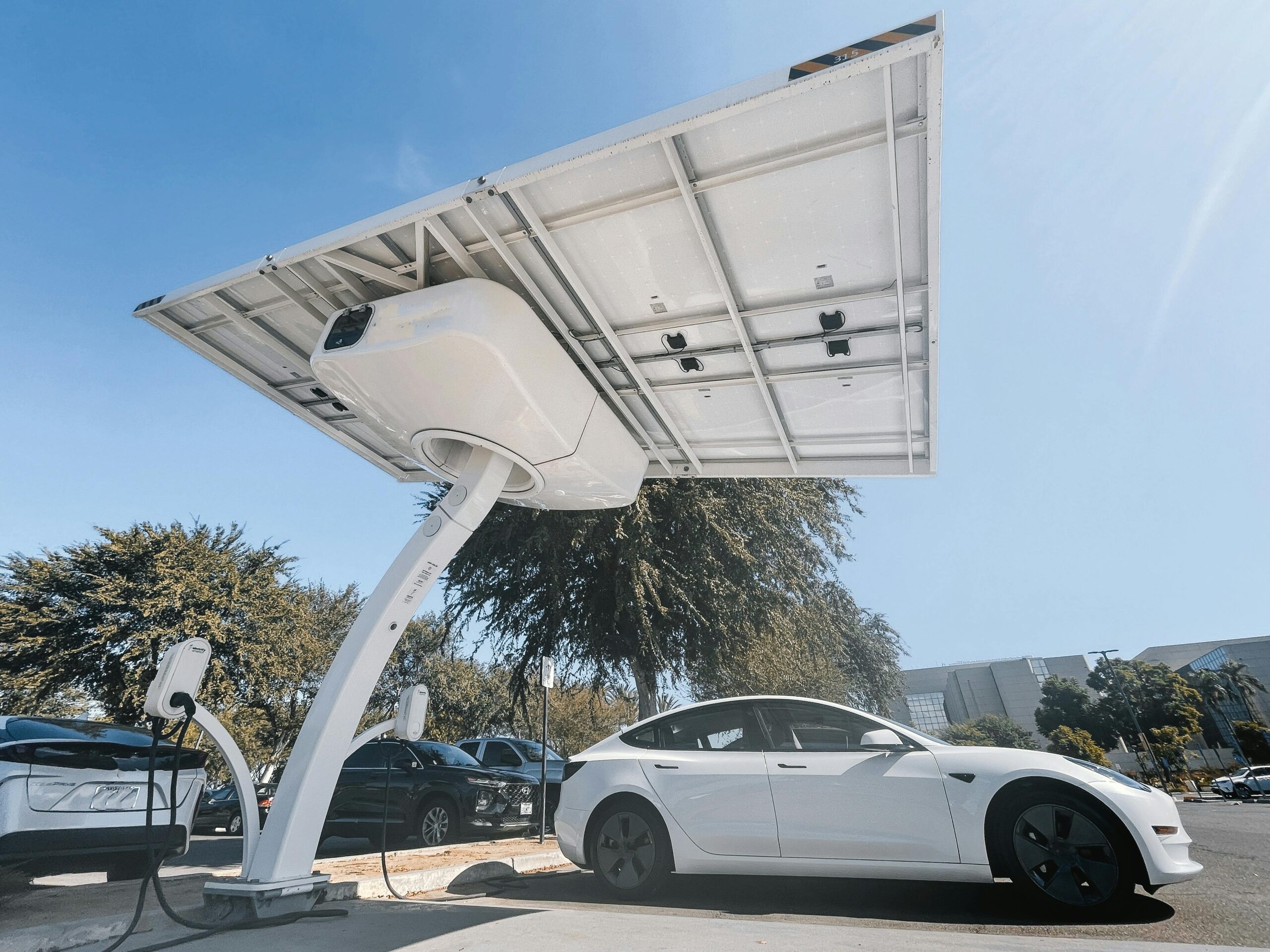Japan’s ambitious goal to become carbon neutral by 2050 hinges on a major transformation in how we drive—and power—our vehicles. As electric vehicles (EVs) gain popularity worldwide, Japan is accelerating its investment in EV infrastructure. But is the country ready for a fully electrified future? In this article, we take a closer look at Japan’s EV charging network, government policies, key industry players, and what it all means for drivers, cities, and careers in the green mobility sector.
The EV Surge: A Global and Local Shift
Globally, EV sales have surged, and Japan is catching up. Major automakers like Toyota, Honda, and Nissan are now ramping up their EV strategies. As of 2024, EVs account for around 3% of new car sales in Japan, with a strong push to reach 20% or more by 2030. But selling EVs is just part of the equation—charging infrastructure is the critical link.
EV Charging in Japan: Where Are We Now?
Currently, Japan has approximately 30,000 EV charging stations, but only a fraction are fast chargers. Many are in urban areas, leaving rural regions underserved. Issues include outdated or non-functional chargers, lack of standardization (CHAdeMO vs. CCS), and limited availability in apartment buildings and workplaces. To overcome this, public and private sectors are collaborating to expand fast-charging networks and create user-friendly systems.
Government & Corporate Action
The Japanese government offers generous subsidies for EV charging installation and aims to have 150,000 charging points by 2030. Key players include TEPCO & ENEOS expanding public and highway charging stations, Panasonic & Nissan developing smart home charging solutions, and startups innovating mobile chargers and AI-powered load management. Smart cities like Yokohama and Fukuoka are becoming testing grounds for large-scale EV infrastructure.
Sustainability & Lifestyle Integration
EV infrastructure is closely tied to Japan’s sustainability goals. By enabling more EV use, the country can significantly cut transportation-related emissions. Integration with renewable energy sources, like solar-powered charging stations, is on the rise. The next frontier is “V2G” (Vehicle-to-Grid) technology, which allows EVs to feed electricity back to the grid—turning cars into mobile batteries.
Careers in the EV Infrastructure Boom
The rise of EV infrastructure creates new job opportunities in electrical engineering and smart grid technology, software development for EV management platforms, urban planning and transport policy, and EV maintenance and charging station installation. Bilingual professionals with green tech skills are especially in demand, making this an exciting sector for career changers and young talent.
What’s Next?
To truly realize an EV-powered future, Japan must tackle grid capacity, standardization, and consumer awareness. But with strong public-private partnerships and rapid innovation, the foundation is being laid today. Whether you’re a tech enthusiast, policy maker, or everyday commuter, the EV revolution is here—and it’s plugged in for growth.
